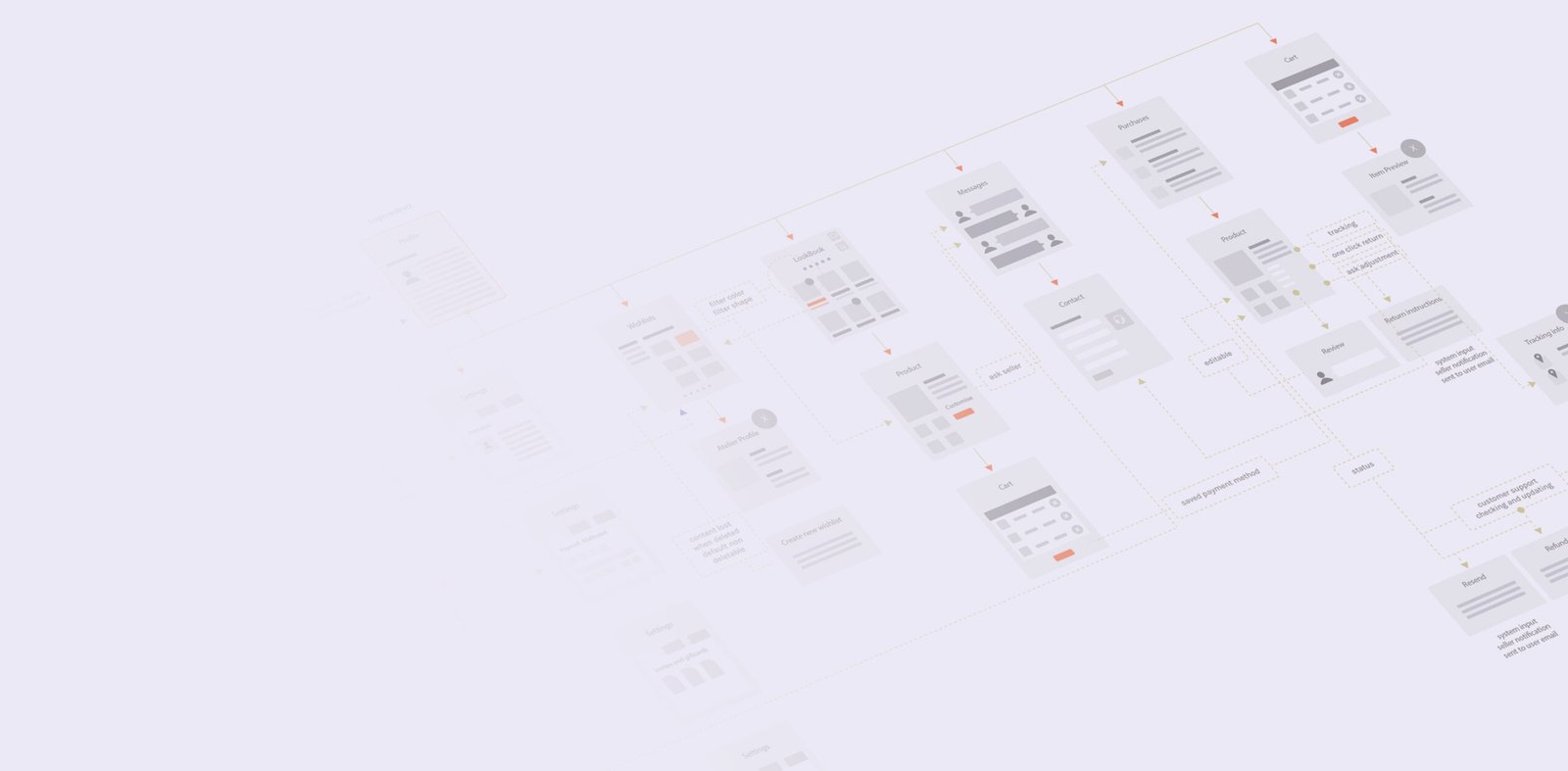Working from audience preference research throughout ideation and refined design to market acceptance, evolving the design iteratively.
The journey
in a nutshell
It all started with my fascination about the potential, dynamic and interactive nature of digital platforms. And with the headache, the use of those early sites caused in the 2010s. The distinct language of the digital world, which predominantly uses visual and clue-based communication, led me to a long journey in visual and human sciences.
Long story short, a few interactions, web and innovation awards later, I ended up knee-deep in psychology, as probably everyone else who’s involved in shaping the experience, digital or otherwise, of people.
- Leadership and Management - Level 3 Diploma 2025
- Psychology - MSc Diploma 2024
- Integrated Internet Marketing - Professional Certificate 2019
- Intuitive Product Design, Emotional Design - Certificate 2017
- Human-Computer Interaction Design - Certificate 2017
- Webdesign and Sitebuilding - Professional Certificate 2011
- Colour Consulting, Colour Dynamics Engineering - Certificate 2010
What I use this knowledge for is to build a supportive work culture, maintain a functional team, and get the best out of the talents. Overall, to deliver fast and good. What I prefer not to do is promote the usefulness of design to stakeholders who couldn't care less, or create workshops for people who would rather die. There are personality traits and professional backgrounds perfectly suitable for that type of job. To me, these are symptoms of something deeply and systematically dysfunctional that I am unable to change. So I rather stick to what I'm good at, shaping human experiences for the better and guiding juniors towards their best.

Principles
Designing with a long-term view by considering the complex socio-technical matrix the audience and the project is embedded into.
Utilising the pragmatic model of experience design by considering both hedonistic (visual) and heuristic (functional) aspects.
Following the standards of accessibility, including WCAG and usability guidelines, and helping adoption by setting up visual and interaction hierarchy.
Bringing together stakeholders with different abilities and backgrounds, and welcoming different frames of references to enrich the experience.
For lasting impression and engagement, considering past heuristics and future impact as well during the design process.
Feedback



